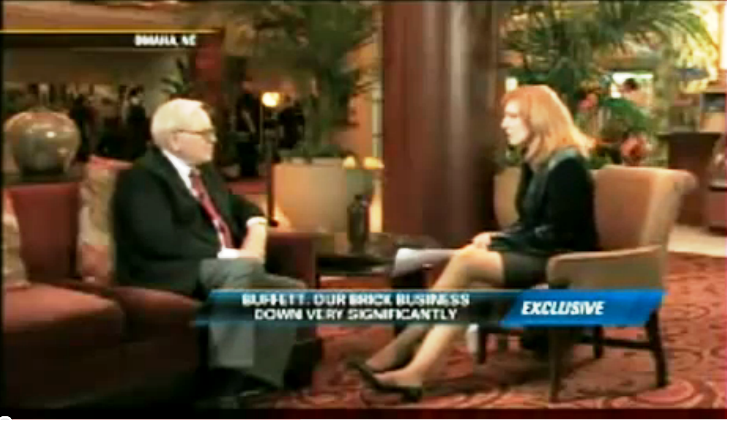
IF YOU ARE already an entrepreneur, you know what it’s like to brainstorm an idea, take that idea, and turn it into a fully-executed plan, and then ultimately, to build upon those components to create a small business. The process of this evolution is oftentimes an incredibly rewarding experience. The final results can be even better if done right. And even if your ideas are not groundbreaking or perhaps your products or services offered are not all that original in concept, it's still your company. When your name goes on the business card, the building, or the product, a source of pride generally seems to follow shortly behind. If an owner or founder puts their reputation on the line for the world to see, a brand will be born.
Launching and Building the Brand
A brand is more than some tag line or slogan. It's an expressive relationship a company of any size can share with those who buy the products and services offered. Keeping those customers coming back and also having them tell others is what builds the brand. Launching a brand can be easy; it can also be tricky. Identifying with some key components of launching and building the brand is essential:
Research: What made other similar companies in your market or industry successful? What made them fail? Which companies created flourishing “brand awareness or strength over others and why? These questions are where the research begins for an entrepreneur with a start-up. Searching the Internet for helpful ideas, interviewing successful business owners, identifying the pitfalls that could be looming, and understanding the market in which you will operate will be vital.
Master Your Market: After your initial research, it is imperative to know, understand and attack the market in which you will operate. What are local consumers saying about the market itself? What is the loyalty-level to the major player(s) in your market…and how were they drawn to these players? What is the main selling point of each of your competitors, and is there a common theme among them? Defining the market will always help you establish your brand with confidence. Even if your brand will be based on straightforward standards such as excellent customer service or the lowest pricing, it is always essential to validate the needs or wants of the consumer in the market.
Get Plugged In: Having prominent individuals, other shop owners, and even local chamber and government officials know who you are and what you do will be a central factor in getting the word out about you. This not only includes providing these entities with information about your new business, it’s an opportunity to share your mission, values, goals…and your brand strength with them. A confident owner with a well-thought out brand campaign can make significant inroads in the local community for the reciprocation of word-of-mouth chatter and solid B2B referrals.
Sustaining Your Brand
Once you have launched your business successfully and others know about your presence in the market, you will be well on your way to new growth and expansion, if you continue to follow these simple propositions. For great results:
Don’t Get Complacent: Staying relevant is a must. But after a period of time your brand could still suffer by not attracting new customers and continuing the flow of referrals. Staying hungry by spreading your brand awareness to new audiences within your market can return immense results. Examine the current client-base. Are they young? Are they older and retired? Would your brand be suited for the university crowd? What other businesses or shop owners that you haven’t reached out to could possibly help spread your brand messaging to others? Staying relevant is a must, but becoming the market leader is the goal.
Hire the Pros: Professional companies in the branding business can be the single-most vital outsourced organizations you can hire. You may have not had the funds to go this route as you launched. But now that your business has a track record of success, a solid branding outfit can take you to a level not possible before. These professionals can view your messaging, marketing materials, website layout, product packaging, collateral pieces (brochures, etc.) and other important components and make critical evaluations. Those evaluations can then turn into a synergistic approach across all media and outreach platforms. Suddenly, your brand has a complete, across-the-board identity with accompanying messaging. This tightly targeted attack now captures everyone at the same time and the same broad communication points out your business and its mission.
Review and Revise Accordingly: The market may change over time and you’ll have to be ready to move on it if it does. Factors such as new competition in the market, the overall economy, customers’ wants and needs, local government decisions and other aspects of the outside business environment may dictate this action. The need to revise your brand messaging and positions should always go through a periodic and thorough examination to ensure one of two things: (1) nothing major needs to be done; only a few small tweaks, if anything, or (2) it may be time to change and/or update your brand to not only stay relevant, but to maintain current market leadership. Identifying, understanding and attacking this with vigor and confidence will keep your small business running at optimum levels.























